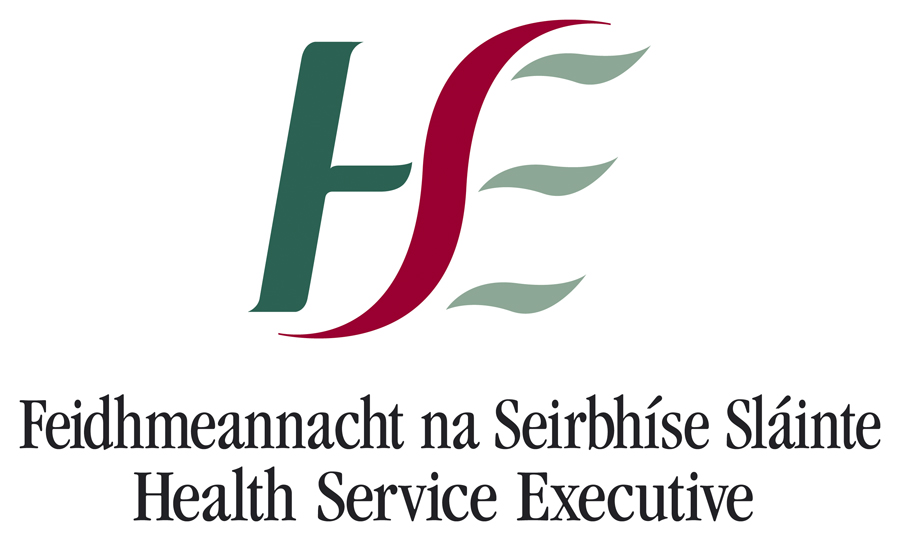Living with diabetes can affect many day to day aspects of your life and leave you with many questions. In this section we aim to answer as many of those questions as we can.
Menu

- Home
- About Us
- Research
- Advocacy
- Pre-Budget Submission 2024
- Accessing Diabetes Services in Ireland 2023
- Pre-Budget Submission 2023
- Pre-budget Submission 2022
- Need for a National Diabetes Register
- Access to a Flash Glucose Monitoring System
- Delivery of Specialist Community Diabetes Teams
- Psychology Services for People with Diabetes
- Extend the Type 2 Cycle of Care to all People
- Inclusion of Women with Gestational Diabetes to the LTI Scheme
- Access to Education and Insulin Pumps for Adults
- Easier Access to Mortgage Protection Cover
- Advocacy Developments
- Advocacy News
- Care Centre Services
- Living with Diabetes
- Diabetes Smart
- Living with Type 1 Diabetes
- Living with Type 2 Diabetes
- Treatment Options for Hypoglycaemia
- What is Prediabetes?
- Get Sugar Smart
- Prevention- Online Risk Test & Screenings
- Diabetes and pregnancy
- Your Child and Diabetes
- School and Diabetes
- Hypo Management
- Type 2 Online Education Programme
- Diabetes and Oral Health
- Think Type 1 Diabetes Think Test
- Fundraise for Us
- Shop
- Latest News

